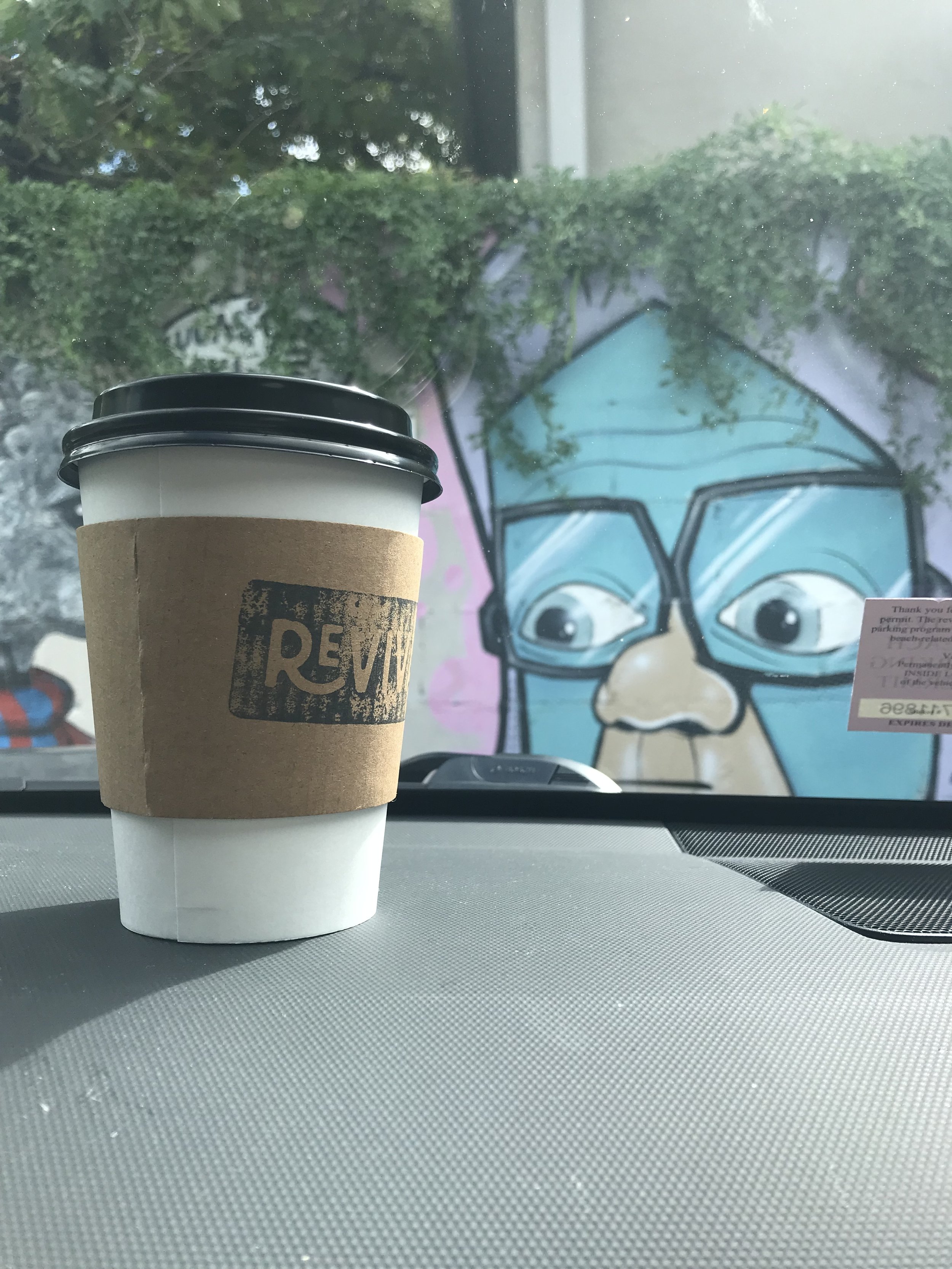Over the past year, we took every opportunity to attend conferences and luncheons, hear from the best of the best, and take tons of notes with the intention of learning, growing, and of course sharing all these nuggets of wisdom. Please reach out if you would like to discuss any of these topics in more detail, or brainstorm how we can apply these ideas to your business. Here’s a recap:
SXSW Interactive Conference
March 2018 | Austin, TX | sxsw.com
It should be considered best practice to add captions to all social media videos – 85% of videos on facebook are watched without sound on.
Snapchat & Instagram are best channels to reach Gen Z.
Facebook isn’t dead – it’s like a lifelong photo album/footprint (sometimes started by someone’s parent when they were little) that is undeleteable. Kids who are on it may get on it less, but they won’t completely delete it.
It takes 12-14 different pieces of content to get one single point across.
Get the point across with micro-narratives – one tagline & one image – super shareable – no stock imagery. These are like billboards, where you have to tell a story in 6 words or less. Make them even more successful by using repeat images across the pieces.
Audiences are only reading 20% of content delivered with 600+ words.
91% of consumers prefer visual content over traditional formats.
Visual communication graphically represents information to efficiently and effectively create meaning. When necessary, limited text is used to explicate the meaning.
Objections you may hear/have to visual storytelling: That “story” is cute, but we need results; Our message isn’t that compelling; People can just check out our website; We are just going to DIY; We don’t have a budget for that; We just need something quick.
90% of the information people retain is visual in nature.
94% of first impressions are based entirely on design.
Line art/icon style is effective – combines well with photography as a backdrop; original photography – feels more sincere and real than stock imagery. Black & white adds to the urgency/mood. Use colors that resonate with your intended audience. Use ambiguous characters – avoids stereotypes and allows viewers to have a more open mind on the topic.
Motion rules – keep it around 90 seconds (first 30 seconds should make up the problem statement; next 30-45 seconds should explain why your product is the solution; final 15-30 seconds should provide a call to action for the viewer); make it original & custom!
Emerging Tech Trends Report from Future Today Institute - download here: www.bitly.com/FTITechTrends2018
Learn to distinguish between a trend and “trendy”
It is the beginning of the end for smartphones
Non-visual UI will be at least 50% by 2021
AI is not a trend, it is the next era of computing
78% of consumers will trust you/your brand if you create customized content
Content marketing costs 62% less than traditional marketing and generates about 3 times as many leads.
Step 1: know who you’re creating content for
Age/gender/location
What activities interest them?
Topics they love talking about?
What motivates them? Convenience? Quality? Affordability? Belief System?
What are their pain points/challenges?
Step 2: Let your audience inform your content
Utility (useful/helpful)
Relatability (make them go “ha – that’s so true!”)
Keep it entertaining/funny – people love content they can personally relate to. Brands often run the risk of becoming detached from their audience and presenting content that serves the brand, rather than presenting content that serves the people.
When people hear information, they’re likely to remember only 10% of that information three days later. However, if a relevant image is paired with that same information, people retained 65% of the information three days later.
8 Elements of Visual Storytelling
Show, don’t tell: Don’t tell your audience something if you can make them see it. Use vivid text or images.
Remember First Impressions: The human brain is programmed to make quick impressions followed by fast decisions Make the first impression one that sticks for all the best reasons.
Make it Move: This doesn’t necessarily just mean video or animation, although it can. A photograph can also be made to portray dynamic movement.
Build an Arc: Remember that a story must have exactly that – a story arc. This means having a clear beginning, middle, and end. In other words, it must take us on a journey.
Conflict: Without some form of conflict, there is no story.
Use Effective Images: These are the meat and potatoes of your visual story. Use images that complement the story well and help it to flow.
Hold their Focus: Don’t get lost in providing details, details, details. Some are important, of course, but remember to keep the intended message out in front.
Remember the Hitchcock Rule: basically states that the size of any object in your frame should be proportional to its importance to the story at that moment.
When you tell yourself you can’t do something, this is the “fallacy of uniqueness”
Go back to basics – Get the right people the right message and the right time
B2B & B2C are Dead: Now What (Evernote) Read/Listen to this session here
People are overloaded with information
64% feel “very or somewhat” stressed/overwhelmed.
We're feeling overwhelmed. The avalanche of stuff that we're expected to keep up with absolutely sucks. We surveyed our users and almost two-thirds of them say they're feeling somewhat, or very, stressed out in life.
Organization is personal
Teams are the future of work
Getting Things Done
Capture. We need to capture ideas big and small, and we need to park them somewhere. That allows you to free your mind of the obligation to carry your ideas. The notion of an idea can be the most inconsequential thing in the world or it could be game changing. You never know if you don't capture those ideas.
Clarify. Once you capture it in a trusted way, you have to go back and clarify what that was. So is that idea a project? Is it a bucket list type of thing versus something you need to act upon right away?
Organize. Organize these different things in terms of context. So you know when you should go back and find it. What is the context in which that information would be useful?
Reflect. Probably the most important, and one that people do the worst at. Spend the time to understand what matters to you in your life and really be diligent about clarifying the stuff that you're doing in your life that goes against the higher order and your 'North Star' objectives.
Engage. Take the time to determine "What should I be focused on in this moment? What is the highest and best use of my time at this point in time?"
Millennials will comprise 75% of the workforce by 2025
What this notion of productivity and organization really has to do with is the rise of the millennials. The Wall Street Journal estimates that, every year, knowledge workers spend about six weeks just looking for stuff. That translates into multiple hours per day. Millennials are already the largest force in the segment in the workforce population. Forbes has estimated that by the year 2025, millennials will make up 75 percent of the workforce. Why should we care about that? Because this is the group of digital natives, and they demand that every aspect of software and technology be really, really good.
Evernote staff attended many of the SXSW sessions and did what Evernote is best known for - they took notes. You can access loads of course info here: Evernote SXSW 2018 Notes
Lunch & Learn: Emotional Intelligence
August 2018 | Arlington, TX | arlingtontx.com
Organized by the Greater Arlington Chamber of Commerce, featuring Orange Compass Founder & CEO Dr. Stevie Dawn Blakely
The definition of emotional intelligence is “the learned ability to manage emotions effectively AND interpret messages correctly.”
The 3 Cornerstones of Emotional Intelligence:
Awareness (The takeaway: Your thoughts trigger your emotions, so be careful what you think about.)
Understanding (The takeaway: Give people conversational grace and forgiveness.)
Influence (The takeaway: It doesn’t matter what you say. It only matters what they hear.)
Instead of saying “does that make sense?” ask, “What obstacles do you foresee that I haven’t considered?”
Silent expectations kill relationships!! (personal & professional)
Inspired Women Luncheon
October 2018 | Arlington, TX | arlingtontx.com
Organized by the Greater Arlington Chamber of Commerce, featuring Keynote Speaker Kelli Finglass of the Dallas Cowboys Cheerleaders, who offered inspirational and humorous stories, and let us in on how she organizes her week:
Make a Dent Monday (start a project or make headway on a long-term project!)
Teamwork Tuesday
World Class Wednesday (use this time to work on your DREAM project and make it come to fruition)
Thankful Thursday (send your thank you notes, gifts, emails of gratitude)
Finish It Friday (tie up loose ends)
Selfish Saturday
Spirit & Soul Sunday
The Texas Conference for Women
November 2018 | Austin, TX | txconferenceforwomen.org
Enjoyed the morning keynote with Nina Shaw, entertainment attorney & co-founder, Time’s Up; Renata Quintini, venture capitalist and partner, Lux Capital; Marjorie Clifton, principal, Clifton Consulting, LLC; and Tyler Haney, founder & CEO, Outdoor Voices. Afternoon keynotes included Dr. Brené Brown, research professor and #1 New York Times best-selling author; and Reese Witherspoon, actor, producer, entrepreneur and advocate.
Keynote nuggets:
From Dr. Brené Brown, on having the hard conversation…
“Choose discomfort over resentment.”
“Clear is kind, unclear is unkind.”
“Courageous leaders are never silent about hard things.”
Re: Venture capital, men are thinking of world domination and women are thinking of survival - we have to change this (men tend to ask for more money than they need and factor in structural growth plans with it; women tend to ask for just enough to get by)
We have the unique struggle of balancing confidence & warmth… if you have confidence without warmth, you’re a “bitch” and if you have warmth without confidence you’re a “pushover.”
Breakout session: Why Simple Wins by Lisa Bodell
Emails are for information, meetings are for decisions!
Simplification Code of Conduct
I PLEDGE TO:
Eliminate redundancies & unnecessary work.
Not create false urgency.
Use clear jargon-free language when I communicate.
Keep my emails, documents, meetings, and conversations short.
Limit the amount of information I need to make a decision.
Empower others to make decisions without me.
Make information available to others (unless illegal to do so).
Say NO whenever possible.
Kill stupid rules (if you could kill or change any 2 rules at work, what would they be, and why?)
Start Simplifying… ask yourself:
If I had to eliminate 25% of what I do every day, what would I eliminate and why?
What can I start saying no to?
If a new CEO started at our company tomorrow, what processes would s/he immediately observe as the biggest time-wasters?
What zombie meetings serve no purpose and should be stopped?
Tips & Tricks:
Want less email? NNTR (include in subject line - stands for No Need to Reply)
Want more decision making? Who’s the ‘D’? (D for “decision maker”)
Want fewer zombie meetings? Change the frequency & see if you can do without.
Want more accountability? Create a “cut the crap” committee


















